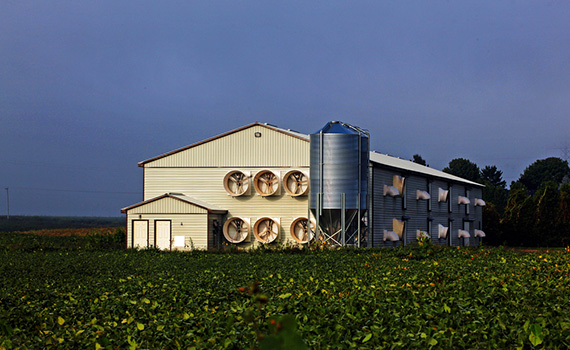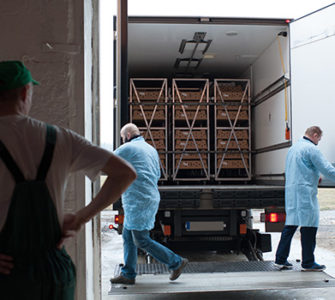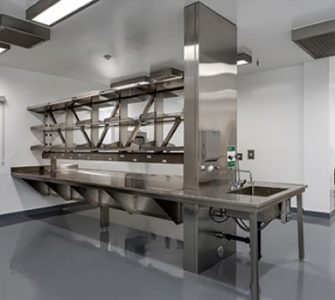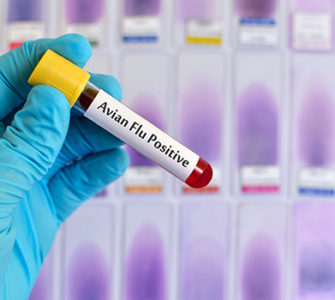Biosecurity ‘most important tool’ to limit avian flu risk
Improving poultry farm hygiene and biosecurity is critical to limiting the threat of avian influenza to the poultry sector, a leading influenza researcher has warned.
Dutch virologist Ron Fouchier of the Erasmus Medical Centre in Rotterdam told Poultry World that biosecurity was the most important tool in preventing the spread of the highly contagious disease.
He said farmers had a responsibility to ‘do their utmost’ to make biosecurity a priority on their farms.
In an interview with the publication, Fouchier said farmers should think about where they could make potential improvements, even if they believed their farm’s hygiene was already excellent.
Scientists still have a lot to learn about the disease, he added, particularly in terms of how it spreads, and even the most well-considered biosecurity measures might not always be enough, he warned.
“We did see in the past that companies that tried their best at hygiene sometimes made mistakes. These mistakes can be fatal,” he said.
“I have seen poultry farms with bird’s nests right next to the air intake, so bird droppings run right into the ventilation systems. That is not so handy.
“I have also seen poultry farms with rat or mice infestations. That may not be pleasant, but the farmer can still think ‘I will do something about this in one or two months’.”
When the disease is detected, Fouchier said that 30-day lockdowns around the source of outbreaks was “absolutely” one of the most effective ways to prevent spread.
But he recognized that those measures did not take into account the economic and personal pressures farmers were forced to face.
“As scientists, it is very easy to say that everything just needs to be locked down,” he said.
“[However] practical feasibility also plays a part,” he added. “This calls for appropriate solutions and they can only be reached when all those involved work together.”
Posted on February 15, 2017

















